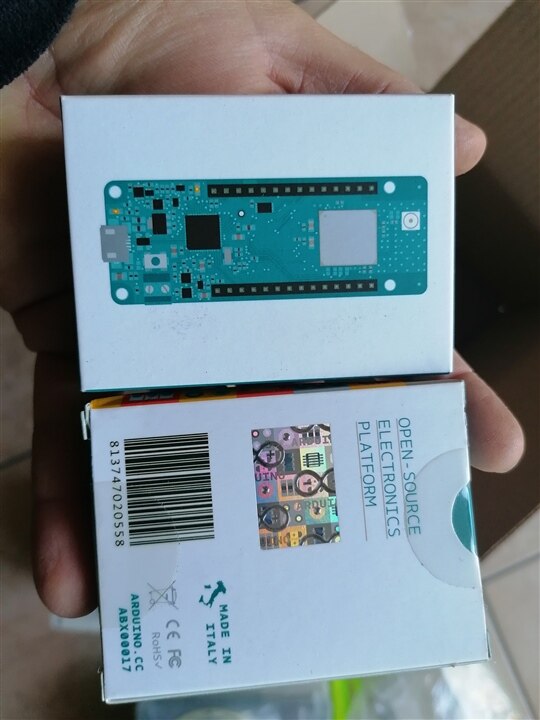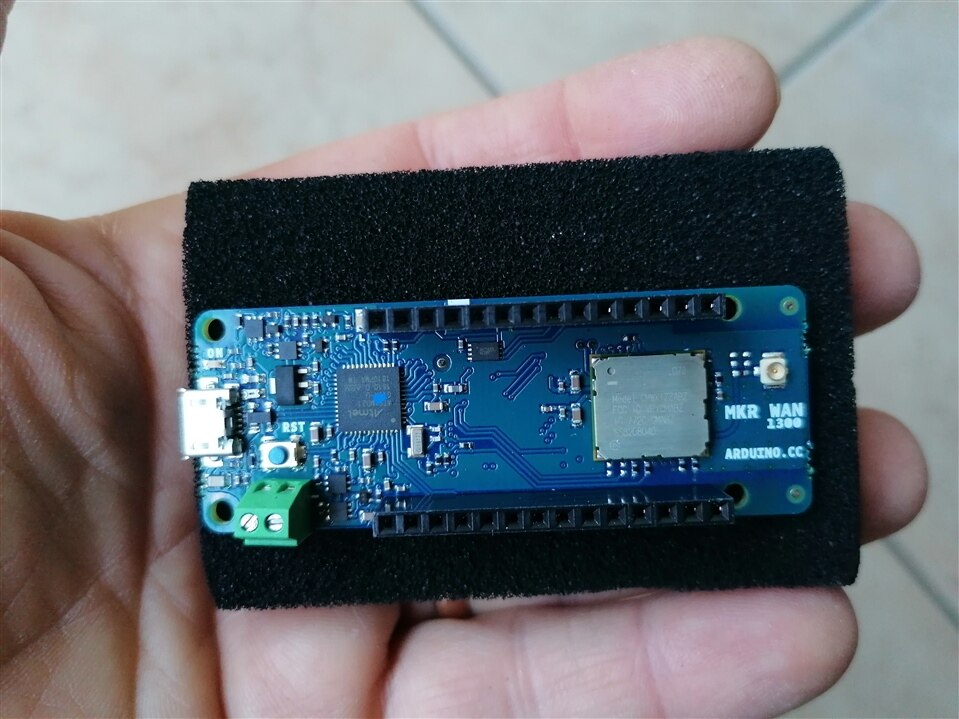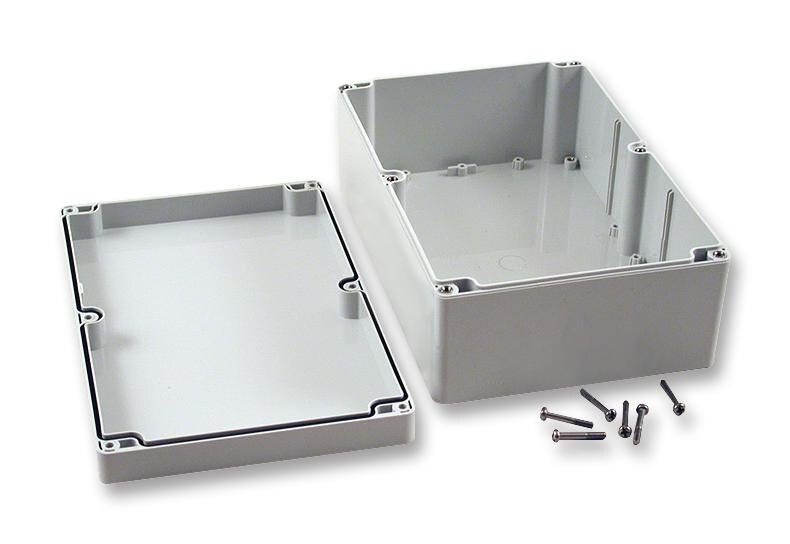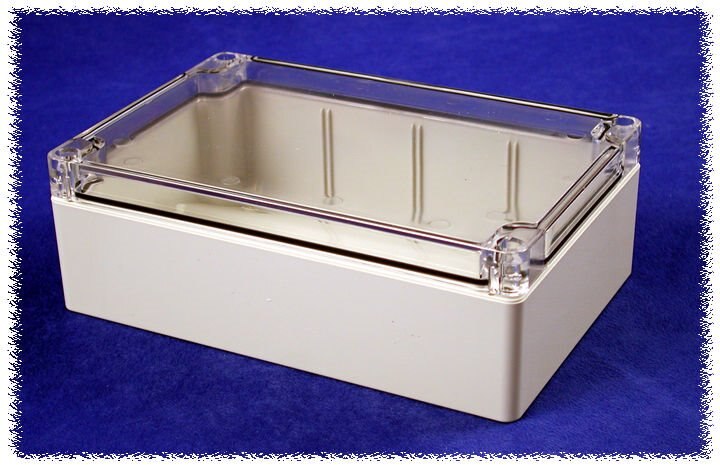Introduction
Hi, my name s Carlo Russo and this is my first blog related to the Design Challenge Just Encase.
These are the components received:
| {gallery}Unboxing |
|---|

|

|

|

|

|

|

|

|

|
Starting from this hardware, you can think of many projects to be implemented but, keeping in mind the purpose of the challenge, I promised myself to create something to leave outside, under the effect of atmospheric agents.
The environment in which I want to operate is that of an irrigation canal near my house.

I want to take measurements using one of the two cases for the first Arduino MKR1300 board. In particular, I would like to use the High Temp Waterproof DS18B20 Digital Temperature Sensor to measure the temperature of the water, that of the board, and the light intensity detected through the transparent screen of the first case using the temperature sensor in the Groove Sensor Kit.
The measured values will be transmitted using LoRaWAN connectivity in "direct connectivity mode" to the second case, containing the other Arduino MKR1300 board for viewing the data acquired using the LCD display. The second board will be located at a distance of about 100m from the source and the only obstacle between the two boards is a brick wall. Unfortunately, I do not have a LoRa gateway so, in order to send the data obtained to the cloud, it will be necessary to use another card that allows WiFi connectivity.
Let's start talking about the two enclosures. Both are manufactured by Hammond Manufacturing.

The first enclosure is model 1554UGY, Plastic Enclosure, Watertight, Multipurpose, ABS, 89mm, 119mm, 201mm, IP66. It has the dimensions 89 mm, 119 mm, and 201 mm and is, therefore, suitable to contain both the Arduino MKR1300 board and some additional boards and a battery or a small powerbank. It has a gray color and is very robust and cared for in every detail. Its datasheet can be found at https://www.farnell.com/datasheets/1806200.pdf.

The second enclosure is slightly smaller than the first and has the particularity of having a transparent lid. It is an interesting solution to be able, for example, to view measuring instruments, LEDs, or displays present inside the case and therefore protected from atmospheric agents, but remaining accessible to the user's view. The model is 1554H2GYCL, Plastic Enclosure, Small, Polycarbonate, 61mm, 119mm, 180mm, IP68. This enclosure is also very robust and cared for in detail. The gasket that must be inserted into the special groove of the lid makes this enclosure water-resistant and reaches an IP68 protection level. The datasheet can be found at the link https://www.farnell.com/datasheets/2720657.pdf.
Protection Grades
The presence of these 2 splendid products allows me to deepen the theme of the Protection Grades of the IEC (International Electrotechnical Commission). The contents were extracted from the Hammond Manufacturing website, https://www.hammfg.com/electrical/technical/iec.
Specifically, enclosures are classified by the IP string followed by two decimal digits. The following two tables indicate the correspondence between the first and second digits and the resistance of the enclosure to dust and water respectively.
An IP (Ingress Protection) rating is used by users to specify the extent of protection an electrical enclosure has against environmental conditions.
The IP rating system was established by the International Electromechanical Commission (IEC), a worldwide organization for standardization. The object of the IEC is to promote international cooperation on all questions concerning standardization in the electrical and electronic fields. The IEC collaborates closely with the International Organization for Standards (ISO).


In the next blog, we'll start using these components.
bye
